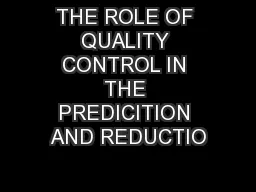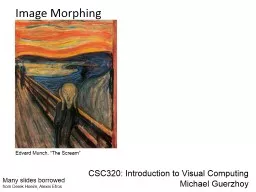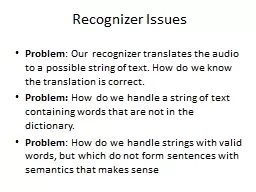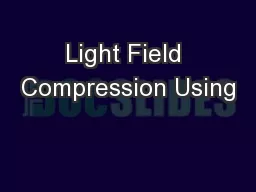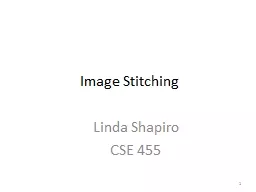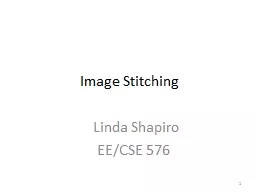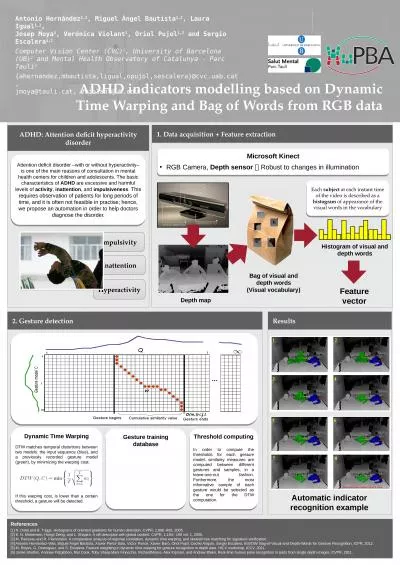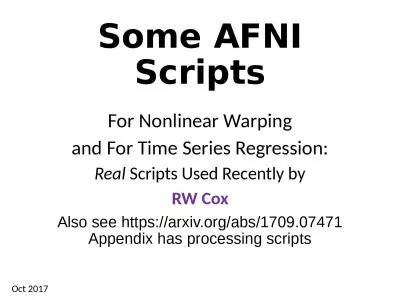PPT-Image Warping
Author : alida-meadow | Published Date : 2016-08-10
Morphing Computational Photography Connelly Barnes Wolberg 1996 Recent Advances in Image Morphing Some slides from Fredo Durand Bill Freeman James Hays Morphing
Presentation Embed Code
Download Presentation
Download Presentation The PPT/PDF document "Image Warping" is the property of its rightful owner. Permission is granted to download and print the materials on this website for personal, non-commercial use only, and to display it on your personal computer provided you do not modify the materials and that you retain all copyright notices contained in the materials. By downloading content from our website, you accept the terms of this agreement.
Image Warping: Transcript
Download Rules Of Document
"Image Warping"The content belongs to its owner. You may download and print it for personal use, without modification, and keep all copyright notices. By downloading, you agree to these terms.
Related Documents


